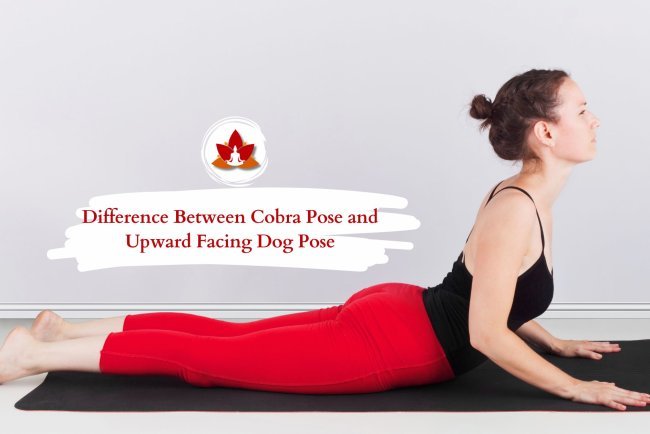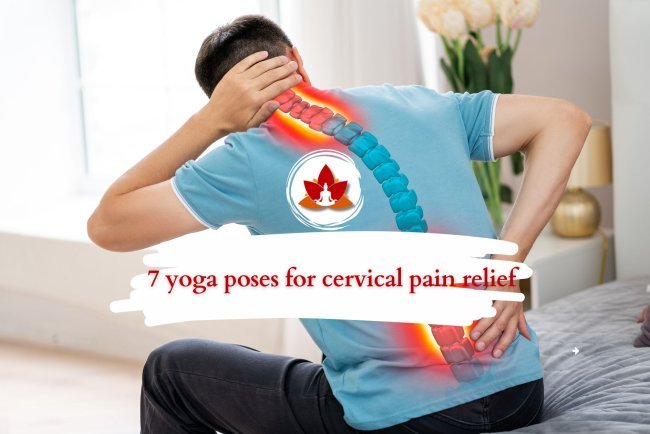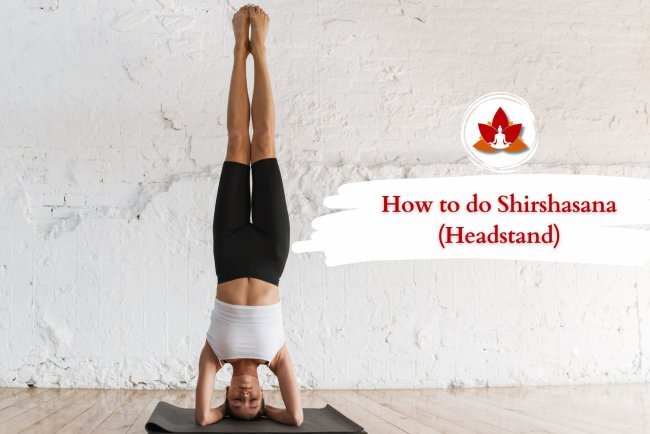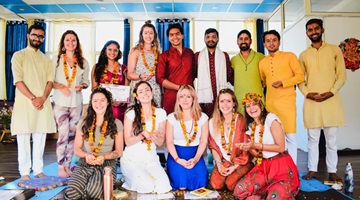Yin Yoga: The Art of Embracing Stillness and Flexibility - What You Need to Know

Yin Yoga is a slow and meditative form of yoga that works on the deeper connective tissues in the body, such as the fascia, ligaments, and joints. Unlike some other energetic forms of yoga, like Vinyasa or Ashtanga, where rapid transitions are completed, Yin Yoga incorporates very slow movements, along with longer hold times that incorporate stillness and patience. Yin-style yoga is great for people who need balance in an active lifestyle to relax, be more flexible, and have an enhanced mind-body connection. In the following article, we discover the origins of Yin Yoga, its novel poses, and the profound physical and mental benefits available.
Origins and History of Yin Yoga
Yin Yoga was created from Taoist yoga principles with the central idea being based on balancing harmony, patience, and flexibility. Taoism is basically a philosophy of yin and yang- two opposing forces combined to attain perfect balance in the universe. Yin Yoga typifies this style as it is decisively passive, flowing inward in efforts to balance the much more energetic practices of yang.
Developed by Paul Grilley in the late 20th century as a method to safely target connective tissues in a slow manner, Yin Yoga emerged by integrating Traditional Chinese Medicine with Western anatomy, focusing on bringing both physical and energetic aspects of the body to one's view. Today, the popular form of yoga is practiced worldwide with deep grounding and meditative qualities.
Principles of Yin Yoga
A series of aspects differentiates Yin Yoga from most dynamic yoga styles:
-
Long Holds: Yin Yoga generally holds poses for 3–5 minutes and longer in duration to penetrate more deeply into the connective tissues and joints. The deep holding facilitates fascial release and gradual lengths of muscles and ligaments.
-
Promotes very low muscle engagement: Instead, the practitioner relaxes and surrenders to each posture. Thus, it makes Yin yoga an excellent practice for everyone to practice, especially for one in search of gentle and restorative benefits.
-
Mindfulness and Awareness of Breath: Beyond the Physical Body, Engaging the Mind and the Breath towards Meditativeness, Yin Yoga is a practice that goes beyond the limits of the physical body. The practitioner approaches his thoughts, letting go of any kind of tension as he focuses on deep breaths that calm in their approach.
Yin Yoga Poses For Beginners And Advanced Practitioners
A few specific asanas, in Yin Yoga, are especially excellent for targeting deep tissues as well as certain areas like hips, the spine, or shoulders. Among the most popular ones:
Butterfly Pose or Baddha Konasana: It engages the hips and the lower back by generating a gentle stretch of the inner thighs.
Dragon Pose or Lunges: The hip flexibility is developed and the hip flexors, as well as the quadriceps, are focused on in this pose.
Sphinx Pose: Sphinx Pose is one of the best backbends for a beginner. It gives a great opening to the chest as well as a long length of the spine.
Saddle Pose (Supta Virasana): The asana is pretty intense on the quadriceps and the lower back; a little patience is needed, and beginners will need some support via props.
Child's Pose (Balasana): A resting pose par excellence, Child's Pose, relaxes the back, the hips, and the shoulders gently.
Practicing Guidelines
Using Props: This refers to pads, blocks, and blankets for assisting the body comfortably and also for avoiding overstretching.
Pay attention to your body: Something may be challenging you, pushing you to go further, but if it hurts, take it back; settle into a soft stretch and hold it throughout the whole duration of the pose.
Change if necessary: Change your pose to suit your body, use props, and make adjustments to position in order to keep your body free from discomfort.
Benefits of Yin Yoga
There are many physical, mental, and emotional benefits to practicing Yin Yoga that make this practice so valuable to beginners and experienced practitioners alike:
Physical Benefits
-
Greater Flexibility and Joint Health: The body is stretched when a pose is held for a more prolonged duration, lengthening the tissues, and thus allowing for greater flexibility and mobility within the joints.
-
Deep Tissue Release: The fascia is activated through this practice and releases the normal chronic tension and stiffness along the lines of the tissue.
-
Lowered Injury Chance: Yin Yoga transmits, by allowing connective tissue and joint mobility, one's possibility of injuring oneself especially when one engages in severe games or exercises.
Psychological and Emotional Effects:
-
Heightened Awareness: Yin Yoga is based on breath and body consciousness. One held down to the ground with less clutter accumulation in their minds.
-
Decreased Stress: Slowing down movements coupled with deep stretches send signals to the body relaxing which lowers the levels of cortisol and makes them feel cold.
-
Increased Concentration and Clarity: The meditative nature of Yin Yoga cultivates concentration and offers a clearer, more balanced mind.
How to Start Doing Yin Yoga
Getting started with Yin Yoga is fairly simple, but establishing an isolated, focused room can contribute a lot to your practice:
-
Preparation of a Quiet Space: Dim lighting, soft music sounds, and fewer distractions create a space that is conducive to relaxation and focus.
-
Tips for Beginners: Accept patience, props happily, and forget about flexibility or intensity expectations. Yin Yoga is all about exploration and acceptance.
-
Online and In-Person Classes: Classes online are plentiful at all levels, but to fully benefit from Yin Yoga you must participate in an in-person class where guidance is given by an experienced teacher.
FAQs
Q. What makes Yin Yoga different from the rest?
Yin Yoga addresses deeper tissues rather than muscles using long-held postures without significant muscular engagement. It is more static and meditative than dynamic forms such as Vinyasa or Ashtanga.
Q. Is Yin Yoga safe for new beginners?
Absolutely. Yin Yoga is a great practice for beginners mainly because of its slow and accommodating nature. Assisting props and modifications can make the poses accessible to anybody, regardless of flexibility or experience level.
Q. How often should I practice Yin Yoga?
The best frequency for practicing Yin Yoga is 1-3 times per week. It all depends on listening to the body. Some may enjoy a short Yin session every day just to unwind and relax.
Q. Can Yin Yoga relieve stress and anxiety?
Yes. It can help to calm down the body, quiet down the nervous system, and generate a sense of peacefulness. Therefore it's of help in relieving stress and anxiety.
Q. Do I need any specific equipment to prepare for this style of practice?
No special equipment is needed, but props such as yoga blocks, bolsters, and blankets could enhance your experience in each pose by being more comfortable and accessible.
What's Your Reaction?


























